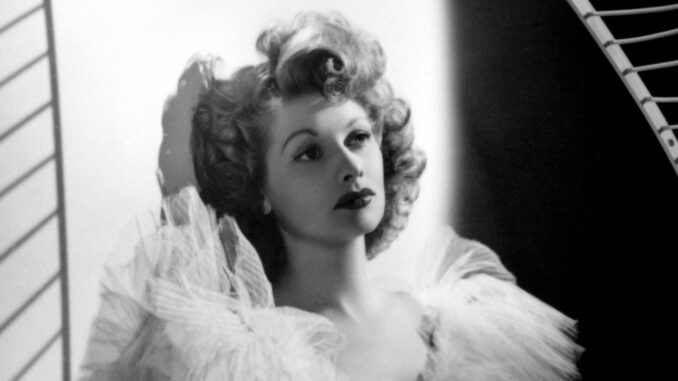
Imagine turning down an acting student who would become the biggest television star in the history of the medium. That’s what one school did to 16-year-old Lucille Ball, refunding her mother’s money and kicking the teen to the curb with a two-word message: “No talent.”
That’s the version Ball told the Toronto Star, according to MeTV: “All I ever wanted was to get to vaudeville, and I never made it.”
Others tell a more nuanced version of the story. It all began when Ball started dating a local hoodlum when she was only 14. Seeing as the guy was 21 — and a hoodlum — Ball’s mother was desperate for a way to break up the couple. Knowing that Lucy had a strong yearning to enter show business, her mother used her meager savings to send Ball off to the John Murray Anderson School for the Dramatic Arts in New York City. It was mom’s means of separating the young lovers.
“All I learned in drama school was how to be frightened,” Ball said later, according to Ball of Fire: The Tumultuous Life and Comic Art of Lucille Ball. She didn’t get much out of her classes there, despite having Bette Davis as a classmate. While her teachers might not have been so blunt as to say, “No talent,” they did let her know in no uncertain terms they thought she would fail in show business.
Ball’s unsuccessful stay in acting school accomplished two things. First, since the name Johnny DeVita doesn’t turn up later in Ball biographies, the plan to split up the comedian and the hoodlum appears to have worked. Second, Ball used the rejection as fuel to realize her show-business dreams.
Ball soon returned to New York City, determined to prove her teachers wrong. She took a job working as an in-house model for Hattie Carnegie, who ordered Ball to bleach her brown hair blonde. (Carnegie didn’t get that red was Ball’s color.) “Hattie taught me how to slouch properly in a $1,000 hand-sewn sequin dress,” Ball said, “and how to wear a $40,000 sable coat as casually as rabbit.”
Using the stage name Diane Belmont, Ball slowly built her career, working as a Chesterfield cigarette girl, a model and a showgirl on Broadway — even if she was abruptly fired from those jobs as well. But she kept going because she “just wanted to get into show business,” she told John Davidson. “And I didn’t know what show business was. I thought it was vaudeville.”
When Ball told Davidson she turned to modeling and posing for artists because “I have to eat,” he asked if she ever did nudes. “No!” she responded. “I’m not that attractive. If I had been that attractive, I probably would have.”
But once again, rejection turned out to be good for her career. “I was lucky,” she said. “See, I had to do something else, and that’s how I got into comedy.”
